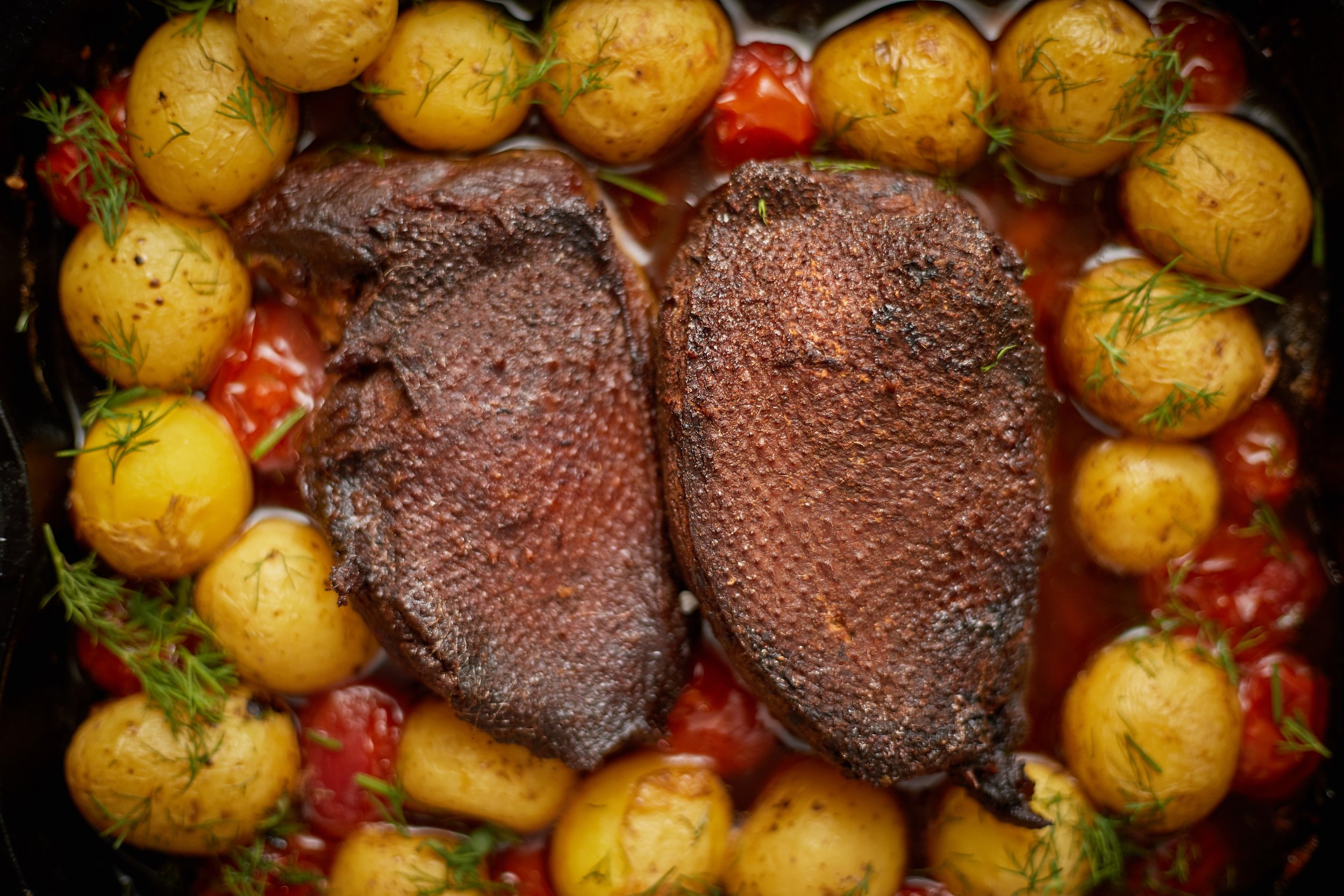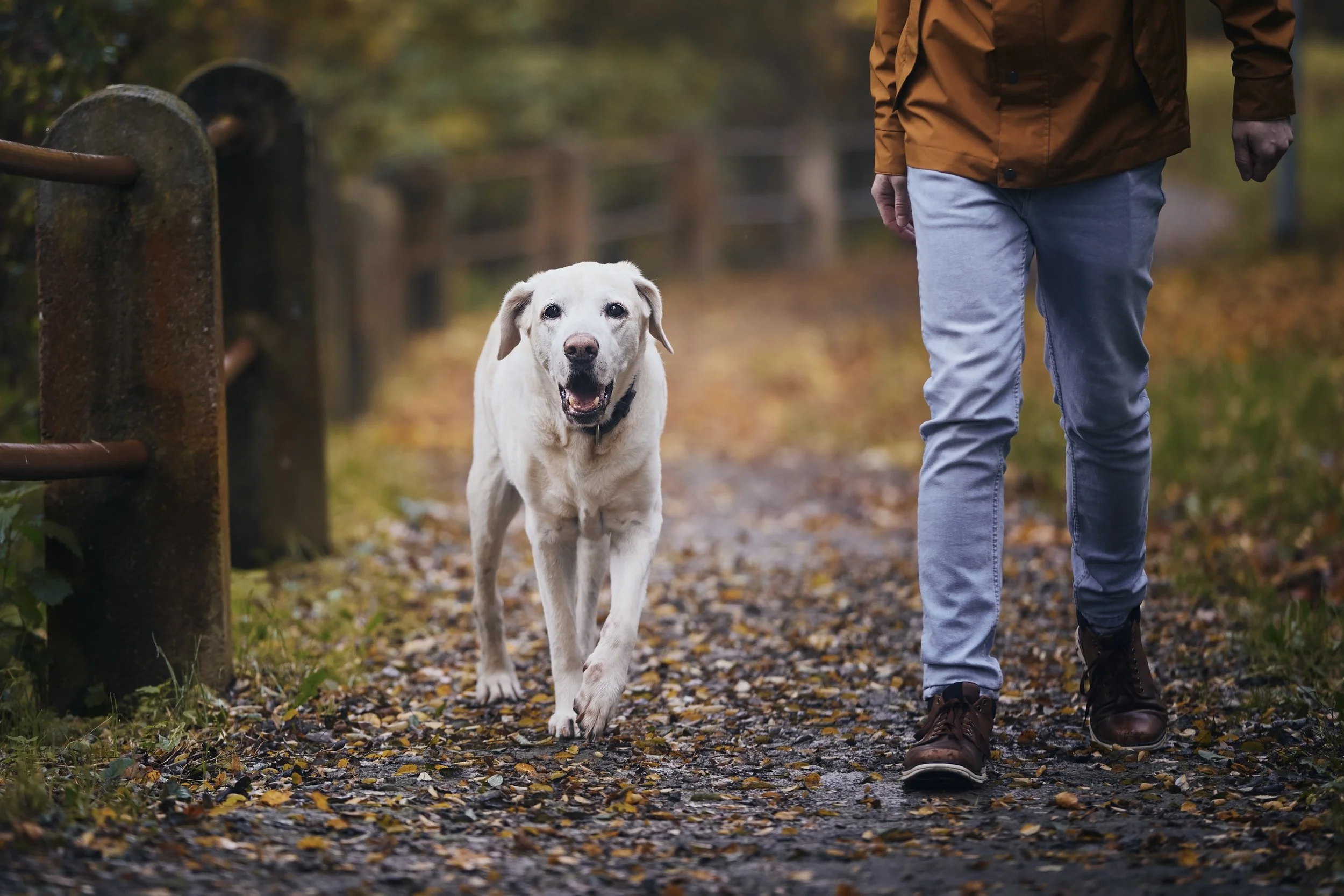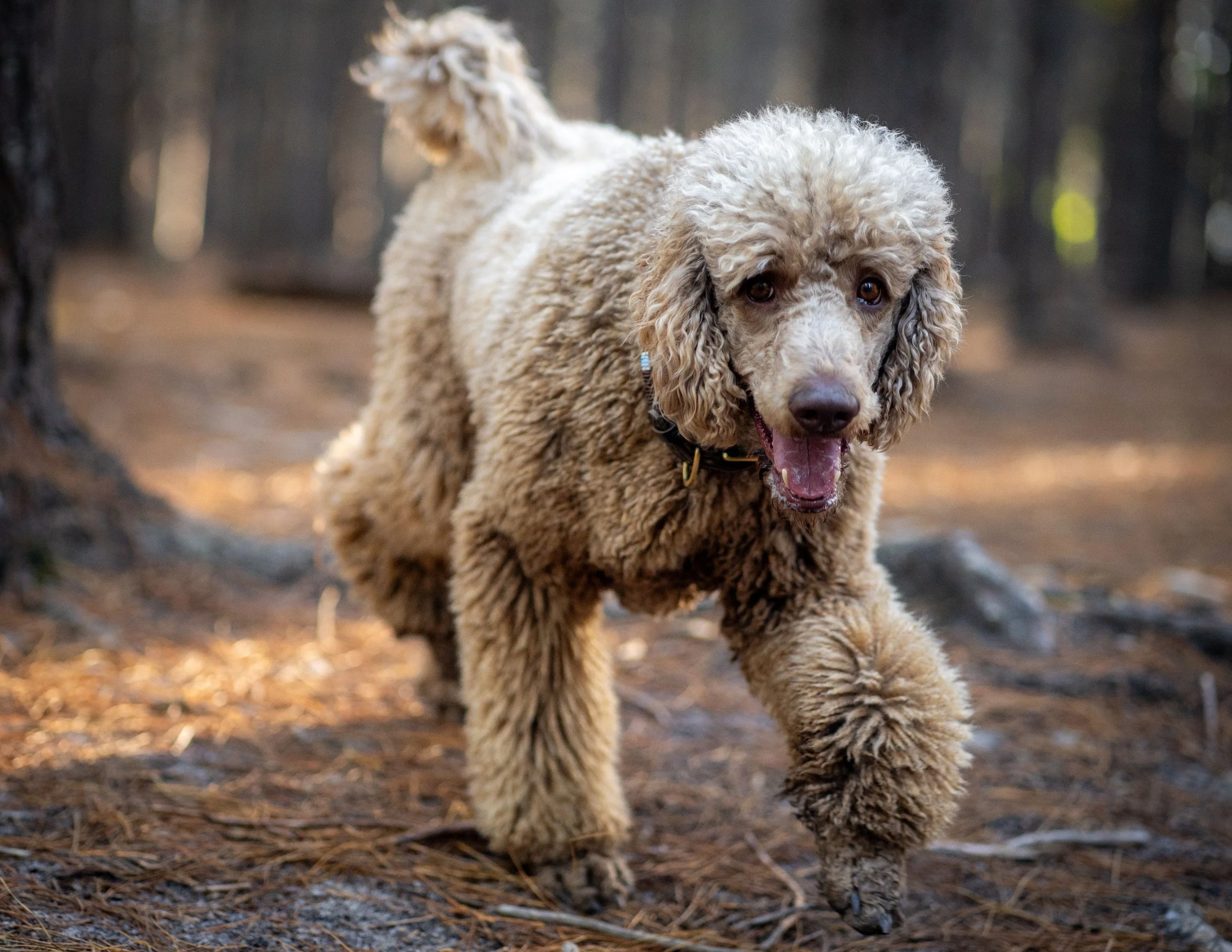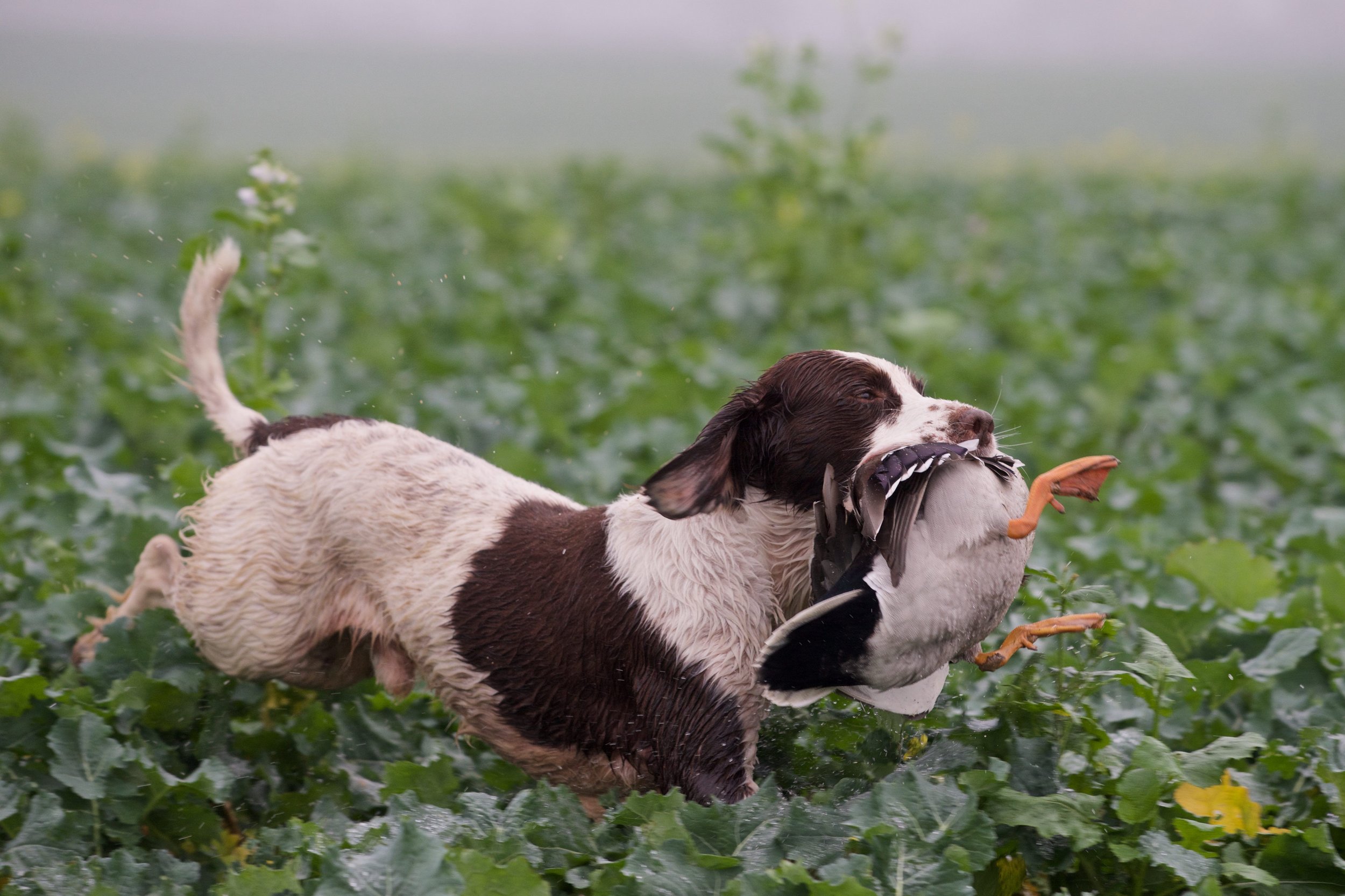Holiday Recipes From Your Harvest
After wrapping up in the fields, you might find yourself in your kitchen wondering what you’re going to do with this abundance of wild fowl meat. There’s a variety of dishes to be made using the bounty you’ve collected this hunting season! We are here to bring your four of our favorite go-to recipes for duck, pheasant, and even goose!
Roasted Duck or Goose Breast – A Classic
If you’re tired of the usual turkey or ham for the main Thanksgiving course, then try a different type of bird for the festivities this year!
Ingredients:
2 duck or goose breasts
Salt and black pepper to taste
1 tablespoon olive oil
1 tablespoon honey
2 cloves garlic, minced
1 teaspoon dried thyme (or 1 tablespoon fresh thyme)
Instructions:
Preheat the Oven: Preheat your oven to 400°F (200°C).
Prepare the Duck or Goose Breasts:
Pat the duck or goose breasts dry with paper towels.
Score the skin of the breasts in a crisscross pattern, being careful not to cut into the meat.
Season both sides of the breasts with salt and black pepper.
Sear the Breasts:
Heat olive oil in an oven-safe skillet over medium-high heat.
Place the breasts skin-side down in the hot skillet and sear for 3-4 minutes until the skin is golden brown and crispy.
Flip the breasts and sear the other side for 2-3 minutes.
Add Flavor:
Reduce the heat to medium-low. Add minced garlic and thyme to the skillet, sautéing for about a minute until fragrant.
Drizzle honey over the breasts.
Roast in the Oven:
Transfer the skillet to the preheated oven.
Roast for about 10-15 minutes for medium-rare, or longer if you prefer your duck or goose more well-done. Cooking times may vary, so use a meat thermometer to check for an internal temperature of 130-135°F (55-57°C) for medium-rare or 145°F (63°C) for medium.
Rest and Slice:
Once done, remove the skillet from the oven and let the meat rest for a few minutes.
Slice the breasts diagonally and serve.
Goose Shanks – Flavorful and Hearty
Ingredients:
4 goose shanks
Salt and black pepper to taste
2 tablespoons vegetable oil
1 large onion, chopped
2 carrots, chopped
2 celery stalks, chopped
4 cloves garlic, minced
2 cups red wine
2 cups chicken or goose broth
2 sprigs of fresh rosemary
2 bay leaves
1 tablespoon tomato paste
1 tablespoon all-purpose flour (optional, for thickening)
Instructions:
Preheat the Oven: Preheat your oven to 325°F (163°C).
Season and Sear the Goose Shanks:
Season the goose shanks with salt and black pepper.
Heat vegetable oil in a large, oven-safe pot over medium-high heat.
Sear the goose shanks on all sides until browned. This step helps develop flavor.
Sauté Vegetables:
Add chopped onion, carrots, celery, and minced garlic to the pot.
Sauté the vegetables until they start to soften.
Deglaze the Pot:
Pour in the red wine to deglaze the pot, scraping up any browned bits from the bottom.
Add Remaining Ingredients:
Stir in chicken or goose broth, rosemary, bay leaves, and tomato paste.
Bring the mixture to a simmer.
Braise in the Oven:
Cover the pot and transfer it to the preheated oven.
Braise for 2 to 2.5 hours or until the goose shanks are tender. Check periodically and add more broth if needed.
Thicken Sauce (Optional):
If you desire a thicker sauce, mix 1 tablespoon of flour with a little water to create a slurry. Stir the slurry into the pot and cook for an additional 10-15 minutes until the sauce thickens.
Serve:
Remove the pot from the oven and discard the rosemary sprigs and bay leaves.
Serve the goose shanks over mashed potatoes, polenta, or your favorite side dish. Spoon some of the braising liquid over the top.
Pheasant Poppers – Easy and Satisfying
Ingredients:
2 pheasant breasts, boneless and skinless
1 cup buttermilk
1 cup all-purpose flour
1 teaspoon garlic powder
1 teaspoon onion powder
1 teaspoon paprika
1/2 teaspoon cayenne pepper (adjust to taste)
Salt and black pepper to taste
Vegetable oil for frying
Dipping sauce of your choice (e.g., honey mustard, barbecue sauce)
Instructions:
Prepare the Pheasant:
Cut the pheasant breasts into bite-sized nugget pieces.
Marinate in Buttermilk:
Place the pheasant nuggets in a bowl and pour the buttermilk over them.
Let the pheasant marinate in the buttermilk for at least 30 minutes to 1 hour. This helps tenderize the meat.
Prepare the Coating:
In a shallow dish, mix the flour, garlic powder, onion powder, paprika, cayenne pepper, salt, and black pepper.
Coat the Nuggets:
Preheat vegetable oil in a deep fryer or a large, deep skillet to 350°F (175°C).
Take each pheasant nugget from the buttermilk and coat it evenly in the flour mixture, pressing the coating onto the meat.
Fry the Nuggets:
Carefully place the coated nuggets into the hot oil.
Fry until golden brown and the internal temperature of the pheasant reaches at least 165°F (74°C), which should take about 4-6 minutes.
Drain and Serve:
Use a slotted spoon to remove the nuggets from the oil and place them on a plate lined with paper towels to drain any excess oil.
Serve with Dipping Sauce:
Serve the pheasant nuggets hot with your favorite dipping sauce.
Fried Duck Tongues – Don’t Shy Away From This One!
Ingredients:
1 pound duck tongues, cleaned and trimmed
1 cup buttermilk
1 cup all-purpose flour
1 teaspoon garlic powder
1 teaspoon onion powder
1/2 teaspoon paprika
Salt and black pepper to taste
Vegetable oil for frying
Lemon wedges for serving
Instructions:
Prepare the Duck Tongues:
Clean and trim the duck tongues, removing any excess fat or membrane.
Place the duck tongues in a bowl and pour the buttermilk over them. Allow them to soak in the buttermilk for at least 1 hour. This helps tenderize the tongues and enhances flavor.
Prepare the Coating:
In a shallow dish, combine the flour, garlic powder, onion powder, paprika, salt, and black pepper.
Coat the Duck Tongues:
Preheat vegetable oil in a deep fryer or a large, deep skillet to 350°F (175°C).
Remove the duck tongues from the buttermilk and dredge them in the flour mixture, ensuring they are evenly coated.
Fry the Duck Tongues:
Carefully place the coated duck tongues into the hot oil, making sure not to overcrowd the pan.
Fry until they are golden brown and crispy, which should take about 2-3 minutes.
Drain and Serve:
Use a slotted spoon to remove the fried duck tongues from the oil and place them on a plate lined with paper towels to drain any excess oil.
























